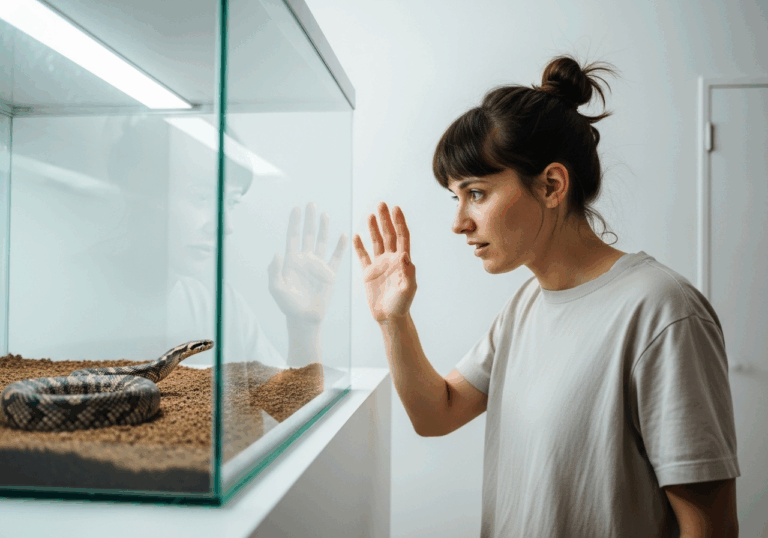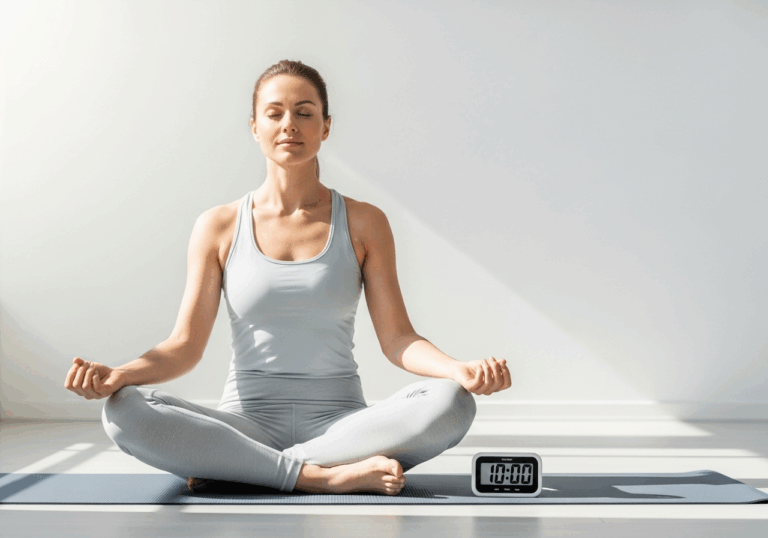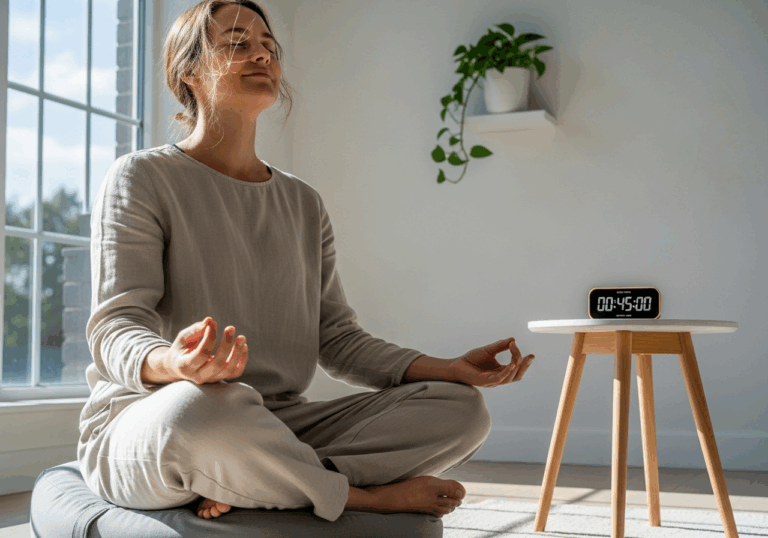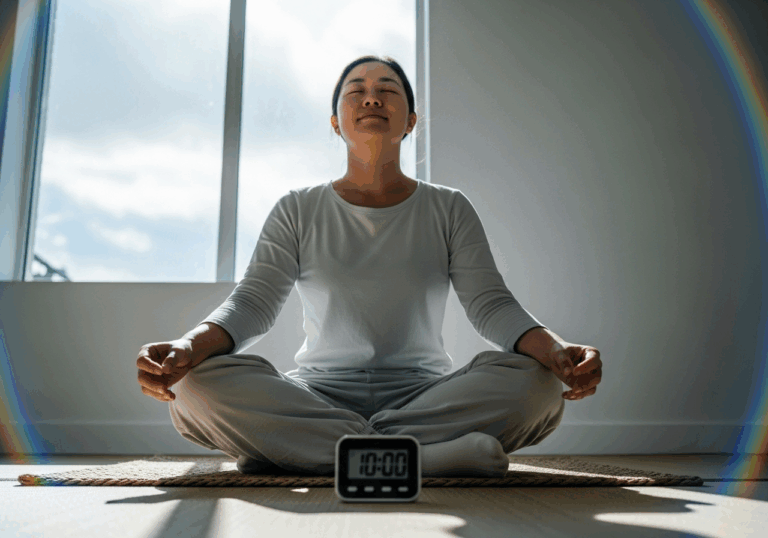Science-Backed Tips
Grounding: A Simple Way to Reduce Stress
30 minutes of earthing can lower cortisol by 25%.
📊 Did you know?
💡 Why It Matters
1️⃣
Lower cortisol levels can lead to improved emotional stability and reduced anxiety.
2️⃣
Reducing stress hormones may enhance overall mental health and quality of life.
3️⃣
Grounding practices are a low-cost intervention for stress management.
✅ Try These Micro-Tips
🎯
Use an earthing mat for 30 minutes each day.
🎯
Walk barefoot on grass or sand for at least 20 minutes daily.
🎯
Incorporate grounding into your morning routine for better stress management.
🎯
Practice grounding during breaks at work to enhance calmness.
📚 The study
This finding is crucial as it highlights how simple grounding practices can lead to emotional stabilization and a calmer mood. Lower cortisol levels not only support mental well-being but also enhance overall quality of life. Grounding, whether through direct contact with the earth or via earthing mats, emerges as a low-cost yet effective intervention for stress management.
By incorporating grounding into daily routines, individuals can potentially improve their mental health and cultivate a more peaceful existence. This study paves the way for further exploration into natural methods for stress relief, emphasizing the importance of connecting with nature in our fast-paced lives.
❓ Frequently Asked Questions ❓
Learn more
What is grounding and how does it work?
Grounding, also known as earthing, involves direct physical contact with the earth’s surface or using an earthing mat. This practice is believed to help reduce stress hormones like cortisol and promote emotional stability.
How long should I practice grounding each day?
It is recommended to practice grounding for at least 30 minutes each day. This can be done by walking barefoot on natural surfaces or using an earthing mat.
What are the benefits of reducing cortisol levels?
Lowering cortisol levels can lead to improved emotional stability and reduced anxiety. This contributes to better overall mental health and quality of life.
Can grounding help with anxiety?
Yes, grounding has been shown to significantly decrease anxiety-like behavior in participants. This is likely due to the reduction in cortisol levels associated with the practice.
Is grounding a cost-effective method for stress management?
Grounding practices are considered low-cost interventions for managing stress. They can be easily incorporated into daily routines without significant financial investment.
What is the best way to incorporate grounding into my routine?
You can incorporate grounding into your morning routine or during breaks at work. Walking barefoot on grass or sand for at least 20 minutes daily is also effective.
How does grounding affect cortisol levels?
Grounding has been shown to reduce cortisol levels by approximately 25%. This reduction supports emotional stabilization and a calmer mood.
Can I use an earthing mat indoors?
Yes, using an earthing mat indoors is a convenient way to practice grounding. It allows you to experience the benefits of grounding even when you cannot be outside.
How quickly can I expect to see results from grounding?
Many individuals report feeling calmer and more grounded after just one session of grounding. However, consistent practice over time is recommended for the best results.
Are there any risks associated with grounding?
Grounding is generally considered safe for most people and has minimal risks. However, individuals with certain medical conditions should consult a healthcare professional before starting any new wellness practice.





